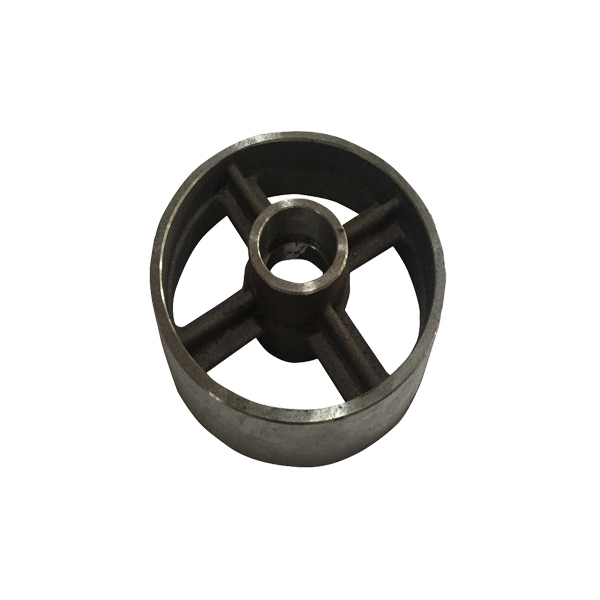

Steel Water Glass Casting has several advantages such as:
The environmental impact of Steel Water Glass Casting can be significant due to the high energy requirements for melting and pouring the steel, and the emission of greenhouse gases and other pollutants from the foundry. However, the impact can be minimized by using renewable energy sources, improving the foundry's energy efficiency, and implementing waste reduction and recycling programs.
There are several safety concerns associated with Steel Water Glass Casting such as:
Steel Water Glass Casting is commonly used in the manufacturing of:
In conclusion, Steel Water Glass Casting is a widely used casting process with several advantages and applications. However, it is important to also consider the environmental impact and safety concerns associated with the process. Implementing sustainable practices and safety measures can help to minimize these impacts.
Ningbo Yinzhou Keming Machinery Manufacturing Co., Ltd. is a leading manufacturer of steel castings using various casting processes including Steel Water Glass Casting. Our products are widely used in various industries including automotive, machinery, and construction. Contact us at sale@nbkeming.com to learn more about our products and services.
1. Zhang, L., Zhang, S., & Li, Y. (2018). A study on the optimization of gating system parameters in steel water glass casting. Journal of Materials Processing Technology, 256, 105-113.
2. Liu, Y., You, L., & Li, X. (2017). Numerical simulation of solidification and cooling process in heavy-section steel water glass castings. Journal of Materials Engineering and Performance, 26(2), 652-661.
3. Yin, X., Xia, X., & Zhang, Y. (2016). Effects of water glass content on the properties of sodium silicate bonded sand and casting. Materials Science and Technology, 32(7), 663-669.
4. Wang, S., Cui, Y., & Niu, L. (2015). Simulation and experimental investigation of the effect of solidification shrinkage on the quality of steel water glass casting. Journal of Materials Science & Technology, 31(3), 209-216.
5. Ren, G., Wang, Z., & Zhang, L. (2014). Modeling of the filling and solidification processes of steel water glass castings. Journal of Materials Processing Technology, 214(3), 617-625.
6. Li, Y., Liu, L., & Li, H. (2013). Effects of sulfur content on the microstructure and mechanical properties of steel water glass castings. Materials Science and Engineering: A, 559, 94-102.
7. Xu, Y., Sun, J., & Wan, L. (2012). Optimization of gating system design in steel water glass casting based on numerical simulation. International Journal of Cast Metals Research, 25(6), 372-379.
8. Zhu, Z., Zhang, L., & Wang, J. (2011). A combined method of optimizing riser feeding with a genetic algorithm and numerical simulation in steel water glass casting. Journal of Materials Processing Technology, 211(5), 763-770.
9. Gao, H., Guo, Y., & Wang, F. (2010). Investigation and simulation of the filling process of a steel water glass casting. Journal of Materials Processing Technology, 210(4), 535-541.
10. Zhang, X., & Li, C. (2009). Simulation and experimental investigation of the solidification process in steel water glass casting. Journal of Materials Processing Technology, 209(3), 1436-1444.